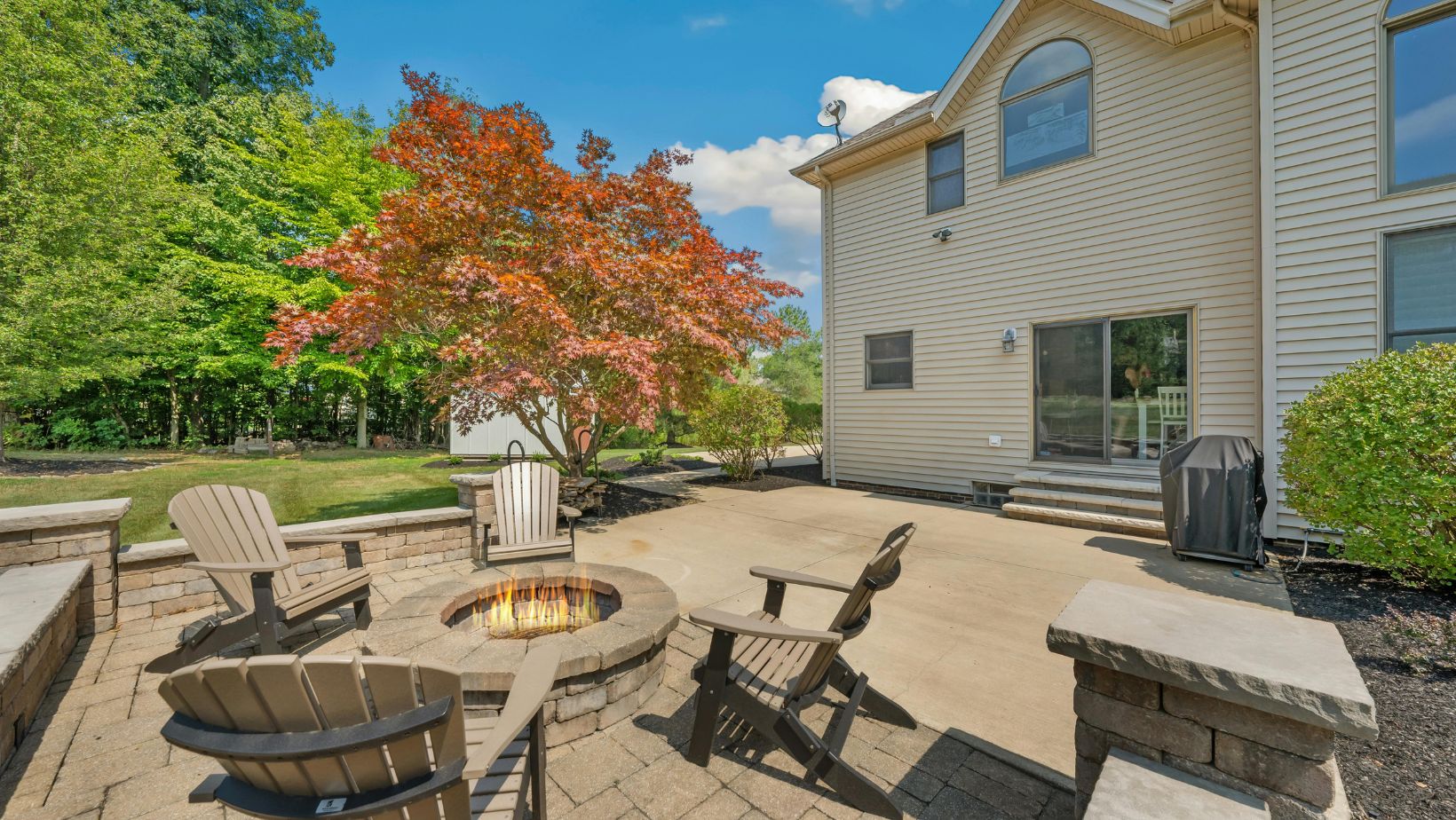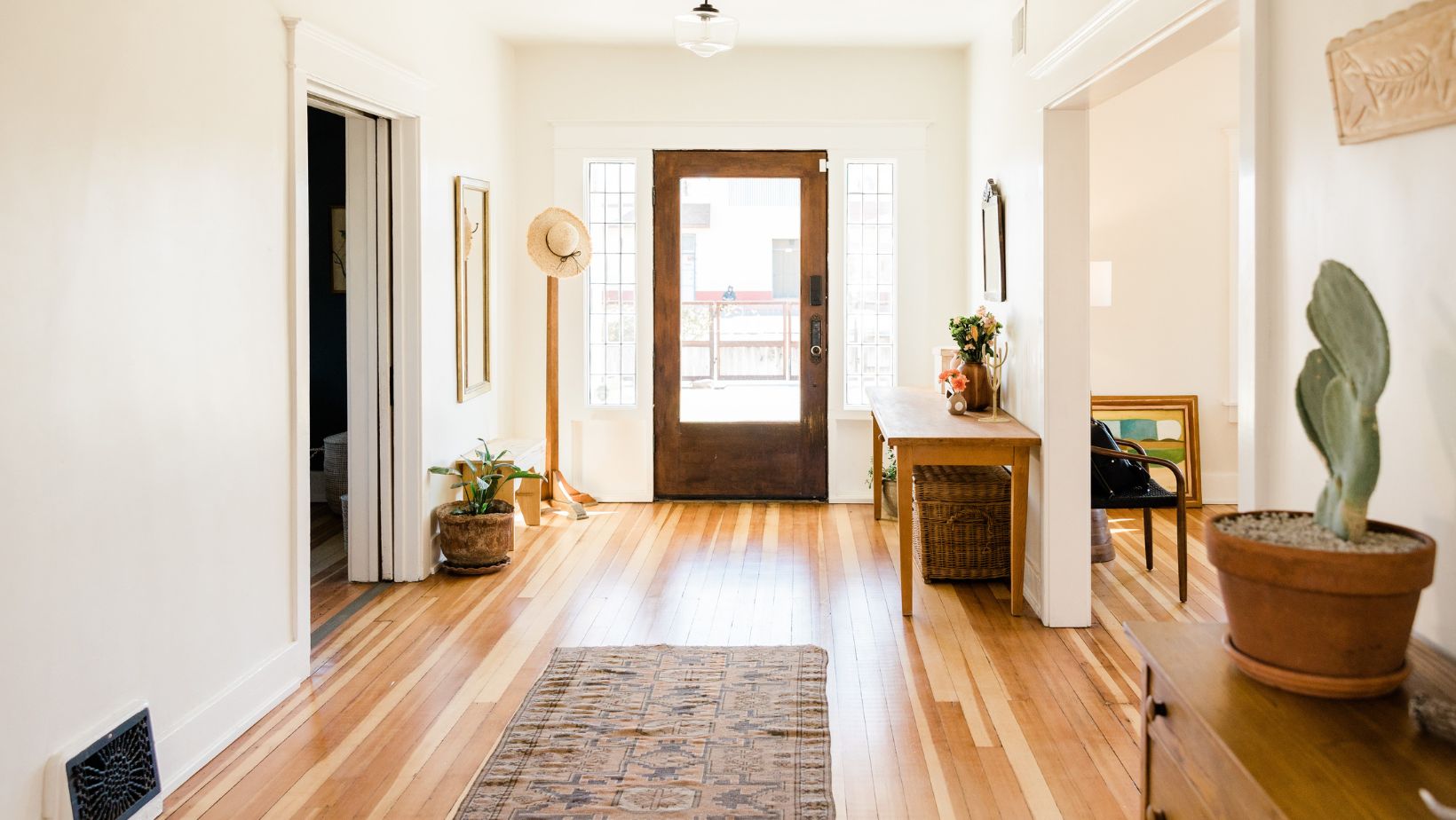Fire safety is something many homeowners think about only after an emergency — but a little preparation can make a big difference long before there’s ever a threat. And while some might assume fireproofing requires major construction or expensive upgrades, the truth is there’s a lot you can do to improve safety without knocking down a single wall.
You don’t need to live in a bushfire-prone zone to benefit from better prevention strategies. From smart storage habits to simple equipment upgrades, even small steps can significantly reduce your home’s risk. In fact, some of the most effective solutions—like installing automatic fire detection systems—require little more than strategic placement and a bit of forethought.
Here are the most practical ways to fireproof your home that don’t involve renovating, rebuilding, or spending a fortune.
Start with a Fire-Safe Layout
Furniture placement and clutter management aren’t just aesthetic choices—they impact how fire behaves in a space. Rooms with tight pathways and overfilled shelves can not only fuel a fire more quickly, but also make escape more difficult.
A few layout tips to improve safety:
- Keep doorways and hallways clear at all times
- Avoid placing flammable fabrics (like curtains or throws) too close to heaters
- Store flammable materials (cleaning supplies, paint, aerosols) in secure, cool areas away from heat sources
- Make sure every room has two potential exits, including windows
Creating more open, breathable space in your home doesn’t just feel better—it also gives you and emergency responders more room to move, should something happen.
Upgrade Your Detectors (and Don’t Just Stop at Smoke)
Smoke alarms are essential—but they’re just one part of a larger system. If your detectors are more than ten years old, it’s time to replace them. Newer models include features like photoelectric sensors (better for detecting slow, smoldering fires), 10-year lithium batteries, and interconnected units that alert the whole house when one detects smoke.

Beyond that, consider heat detectors for kitchens or garages where smoke detectors can be triggered too easily. Carbon monoxide detectors are also critical—especially in homes with gas appliances, fireplaces, or attached garages.
Minimise Soft Furnishings and Synthetic Materials
Carpets, cushions, rugs, and upholstered furniture may be cozy, but they’re also flammable—especially those made from synthetic fibres. While you don’t need to get rid of everything, making smarter material choices can help reduce risk.
Consider:
- Switching to wool or fire-retardant materials when buying new rugs or drapes
- Using slipcovers made from natural fabrics like cotton or linen
- Treating existing items with fire-retardant sprays (safe for indoor use and available at most hardware stores)
These changes are subtle but can slow the spread of fire long enough to make a critical difference.
Check Electrical Safety in Every Room
Faulty wiring is one of the leading causes of house fires. But you don’t need to open up the walls to spot warning signs. Go room by room and look for:
- Extension cords running under rugs
- Overloaded power strips or outlets
- Discoloured or warm light switches
- Lights that flicker or bulbs that burn out too quickly
The kitchen is a common source of household fires, but most incidents are preventable. A few small habits go a long way:

If anything seems off, unplug it and get it checked by a licensed electrician. Also, never plug high-powered appliances (like heaters or microwaves) into power boards—they should always have their own outlet.
Create Safe Cooking and Heating Habits
- Keep a fire blanket or extinguisher near the stove (and learn how to use it)
- Never leave cooking unattended, especially when using oil
- Regularly clean the range hood and filters to prevent grease buildupKeep pot handles turned inward to avoid accidental knocks
If you use space heaters in winter, place them at least one metre away from anything flammable and never leave them running unattended.
Set Up a Fire Kit and Escape Plan
You don’t need to renovate your home to be ready for an emergency—you just need a plan. Put together a small fire safety kit with:
- A torch and spare batteries
- A compact fire extinguisher
- Emergency contact numbers
- A printed copy of your evacuation plan
Walk through your home with everyone in the household and identify exit routes from each room. Practice them occasionally—especially if you have kids.
Don’t Forget the Outside
Your home’s exterior can also play a role in how fire moves. A few maintenance tasks to reduce outdoor risk:
- Clean gutters regularly to remove dry leaves and debris
- Trim tree branches away from the house and roofline
- Store firewood and flammable materials at least a few metres from the structure
- Check that outdoor power points are weatherproof and in good condition
These steps are simple to maintain and help reduce the risk of fires starting or spreading from the outside in.
You don’t need a massive overhaul to make your home safer from fire. With a few targeted upgrades, smart choices, and simple maintenance habits, you can significantly reduce your risk—without picking up a sledgehammer. Small changes now can make all the difference later.

